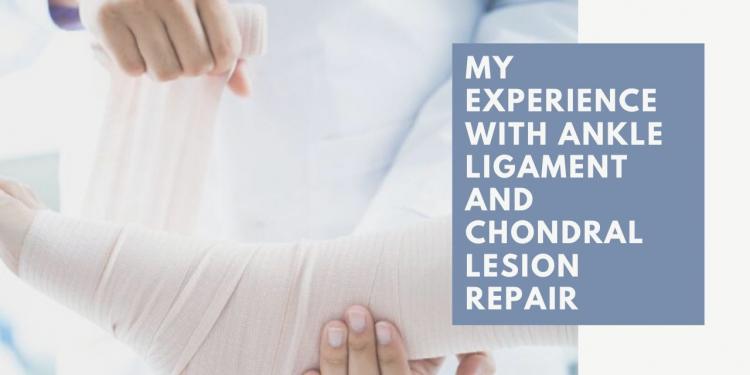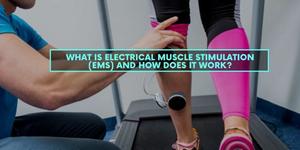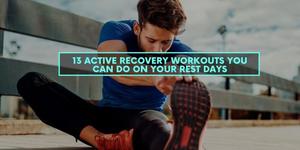So in college I had a really bad ankle sprain that completely tore the ATFL ligament (the outside ligament) on my left ankle. And if a ligament completely tears, it won't reattach itself. So I've been dealing with chronic ankle instability and weakness for over a decade. I've always resisted surgery because I thought I could deal with the instability, and also because everything online tells me that I wouldn't be able to return to martial arts for at least 6 months. But then the tear actually caused another problem, it caused my cartilage to wear away so I had a small area without cartilage---so bones were just rubbing against each other.
Road To Ankle Surgery
Prior to surgery, I had visited a total of 7 doctors about options for my ankle through the years. But it wasn't until the pain started becoming more constant this past year that I pulled the trigger. Turns out that I picked the right time. By this time, a longtime friend of mine has had a few years of foot surgery under her belt as a DPM (doctor of podiatric medicine). I came to her for advice. And being a good friend, she told me that my ankle problems were too extensive for her to competently fix. So she referred me to the best ankle doctor in the region, who is also a DPM.
Note: In the United States, when you are going to get foot or ankle surgery, you have two choices---you can either go with an orthopaedic surgeon (MD) or a podiatrist (PDM). An orthopaedic surgeon is competent in all orthopaedic issues and can specialize in ankle issues. A podiatrist's sole practice is ankle and foot; they cannot operate on any other part of the body. I decided on going with a DPM because I trust my friend's recommendation.
Things wrong with my left ankle:
Prior to Surgery
Prior to surgery, the doctor prescribed narcotics, a couple of other medications, crutches and a knee scooter. So I thought nothing of it and went to my pharmacy to get it a few days before surgery. To my surprise, my pharmacy does not bill the insurance company for the knee scooter. So I contacted my insurance company and apparently they only covers the scooter as a rental, and not a purchase. So yeah, work with your insurance prior to surgery to see what their coverage is regarding mobility devices, because it is as simple as getting prescription drugs. But anyway, I said F it to the scooter and just used the crutches.
The Surgery Itself
On November 29, 2019 I finally had surgery on my left ankle to reattach my ligament (Brostrom procedure) and also fix the chondral defect via microfracture surgery.

The surgery was simple and straight-forward. I was probably out for 2 hours. After surgery, I was put in an aircast and sent home. I was told to not put any weight on the ankle and keep my legs elevated above my heart when laying down to prevent blood clots. Also, if I was to shower or bathe, I would need to cover the leg up as it is extremely important to not get the area wet.
What The Surgeon Did and Didn't End Up Doing
The original plan also included removing the bone spurs. But once the doctor opened me up and saw the awkward structure of my ankle, he thought it was best to not do the bone spur removal at this point because that would cause too much bleeding and build up adhesions. He felt that he had to choose between repairing the ligament or fixing the bone spurs, and he decided that repairing the ligament is much more important at this point. He told me that bone spur surgery is minor surgery so if the bone spurs are still an issue for my ankle after I'm healed up, he would go in a second time and remove the spurs. But removing the bone spurs would require my ligaments to be fully healed so that I can move my ankle shortly after surgery so adhesions don't build up.
Road to Recovery from Ankle Surgery
After being sent home, I was told to take aspirin and keep my ankle elevated in order to prevent blood clots. I took narcotics for the first couple of days to alleviate the pain. Remember to get stool softener if you plan on taking narcotics---I was constipated for 3 days because I didn't.
1 Week After Surgery (First Post-Op Appointment)
At my first postop appointment, exactly one week after surgery, the doctor took the cast off and put me in a CAM boot to protect the ankle. And you know what the most surprisingly part for this appointment was? He told me I can do some limited walking with the boot on and even go up and down the stairs with it---without crutches. Of course I would still need crutches if I'm walking for more than a few seconds. He said that the most important part of recovery is to protect the ligament from stretching out---so limited weight-bearing is okay because my chondral defect was tiny (5mm in diameter and 1mm in depth). This was super surprising because everything I've read up until this point regarding brostrom recovery protocol indicated that I would not be able to walk with crutches for at least a 3-6 weeks. But my surgeon is telling me I can do some limited indoor walking with it.
The doc also told me to start taking my ankle out of my boot a few times a day and do very limited dorsiflexion movements of no more than 30 degrees down. He stated that a little movement is good for the ankle, but a lot of movement is bad for the ankle at this point. The ankle needs to be protected for 6 weeks before testing it out with more extensive exercises.
At this point, I still cannot get the incision site wet.
3 Weeks After Surgery (Second Post-Op Appointment)
I had my second post-op appointment 19 days after surgery. It was at this point that the surgeon took the stitches out and I was finally able to shower. And it was also at this point where I was told that I can begin walking without crutches in the boot. Because I have been used to walking with crutches for 3 weeks, it felt a little weird to walk without them and I was very wary of putting weight on the ankle for the first day or so. But after my brain registered that it was safe to bear weight, I began to completely ditch the crutches. At this point, my ankle aches a little bit if I am walking too much but other than that, there is no pain.
6 Weeks After Surgery (Third Post-Op Appointment)
It was at this point that the doctor released me from the boot and told me that I can walk with a brace on. He said at this point I can start strengthening the ankle and start working on the ankle's balance and proprioception. However, no cardio or ballistic movement is authorized at this time.
But since jiu jitsu can be done without standing, I made a return to jiu jitsu at around the 10th week after surgery. I wore my brace at all times. I told my rolling partners that I won't be doing takedowns and asked them not to go for leg locks on the injured side. I also on worked with people I trust.
12 Weeks After Surgery (Fourth Post-Op Appointment)
I saw the doctor again at 3 months post-op. At this time I was given the go-ahead to start pushing the ankle without limitation, but to start slowly. At checkup, my left calf was about 1/2 inch smaller than my right calf due to the atrophy from surgery. So I was told me start strengthening it with calf raises. At this point, I haven't really pushed my ankle with hard running yet but I have been doing some basic boxing and jiu jitsu for a couple of weeks and it has held up fine. The scar is still somewhat tender at this point so it kinda hurts when I sit with my legs folded in front of me. I am able to walk down the stairs without pain and the left ankle now feels even more stable than my right ankle.
Final Thoughts on The Surgery
I would say the surgery was a complete success and it is nice to be able to step and not have to worry about injuring it.
And although the first few weeks were quite bothersome, recovery for the ankle has been much easier than the shoulder. There is really no physical therapy needed. I just need to gradually ramp up my exercise. Recovery has been much faster and easier than what I've read online. I have full range of motion and was able to get back into jiu jitsu and boxing within 10 weeks of surgery.




